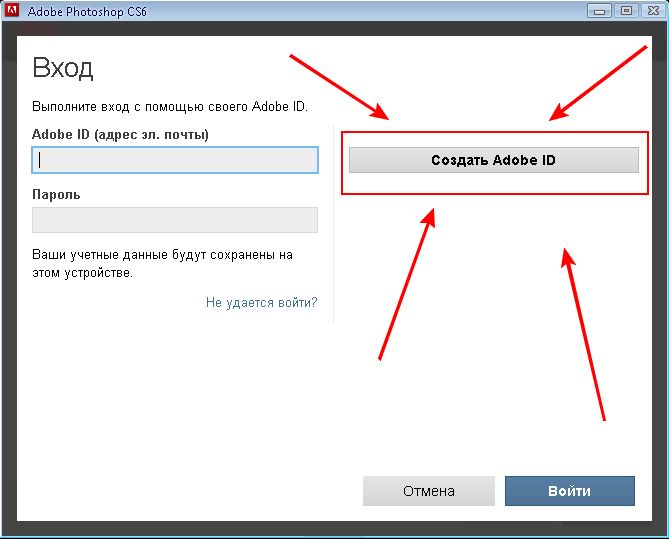Russkie Shrifti Adobe After Effects
Favorites are essentially After Effect’s version of presets. You can save out filters and the keyframes associated with them. You can even save out groups of filters. It's a very powerful way of saving any cool effects you've created and re-using them in other projects or passing them along to friends or colleagues. AWSTATS DATA FILE 6.95 (build 1.943) # If you remove this file, all statistics for date 201306 will be lost/reset. # Last config file used to build this data file was.

Cell Pattern And Favorites, San Francisco, California, USA ©2003 by Jim Tierney and CreativeCow.net. All rights are reserved. Article Focus: Cell Pattern is a filter that can be used to create all sorts of background animations, displacement maps, track mattes, and many other things.
It uses algorithms to generate the shapes and shading you see rendered. This allows you to create thousands of different patterns and textures. In this tutorial, Jim Tierney demonstrates a few of these as well as discusses how to create and save your own After Effects favorites.
No movie ---Cell Pattern--- Cell Pattern is a filter that can be used to create all sorts of background animations, displacement maps, track mattes, and many other things. It uses algorithms to generate the shapes and shading you see rendered.
This allows you to create thousands of different patterns and textures. It's a fairly simple filter, but like many simple filters, you can combine it with other filters to create a wide range of unique effects. A few examples: We're also going to talk about Favorites in this tutorial. Favorites are essentially After Effects version of presets. You can save out filters and the keyframes associated with them.
You can even save out groups of filters. It's a very powerful way of saving any cool effects you've created and re-using them in other projects or passing them along to friends or colleagues.

First off, let's dive into Cell Pattern. Open up the celling_favorites.aep project.
(Download from the green bar above.) You'll see a solid layer called Cell Space. Select this layer and apply Cell Pattern (Effect>Render>Cell Pattern). The most important parameter in this filter is the Cell Pattern pop-up (surprise, surprise). This lets you select the type of cell you want to use. There are about 8 different types, with some having High Quality versions (look for the HQ after the name). Flip through them to get an idea of the choices you have.
We're going to create an animated background, quickly and easily by animating a single parameter. Set the Cell Pattern pop-up to Plates HQ. Blank spisok na perechislenie obyazateljnih pensionnih otchislenij. This will give us some interesting polygon shaped objects.
We're going to animate the edges of these polygons to create an undulating background. Which will give you this: With the Time Marker at 00:00, set a keyframe for the Evolution parameter.
Make sure it's set to 0. Move the Time Marker to 02:00 and set it to 1 revolution. It should look like this: Preview the animation. So far so good, we've got our plates animating away and it's taken us all of about 30 seconds. The Evolution parameter forces the shapes to rotate around, making them change shape as they interact with their neighbors.
They look a bit drab, being just grayscale plates and all. Let's add some color to these things Apply the Colorama (Effect>Image Control>Colorama) filter to our Cell Space layer. This is a gradient filter that is designed to add color to grayscale images.
Apply that and under the Output Cycle section, select the Fire preset. Fiery plates! Turn on the Title layer and preview your animation! Cool backgrounds in mere moments. --- Favorites--- So now let's get into Favorites. We've just completed this fabulous title animation for the hip, happening new show called The Squares.
We're going to need this background for all sorts of things. We could just import this project every time we need the background, or re-apply the filters. However there's an easier way. Save it as a favorite.